NEWS Facebook makes U-turn on nudes after Paris ruling Our most popular story in 2015 hinged on a clash of cultures: the depiction of the nude in art going back to prehistoric times versus 21st-century social media mores. Gareth Harris reported that a judge at Paris’s Supreme Court ruled in March that Facebook was accountable to French law after a teacher sued the website for banning an image that he had posted of Gustave Courbet’s The Origin of the World, 1866, which contravened its rules on nudity. Soon after, Facebook issued new guidelines. “Photographs of paintings, sculptures and other art that depicts nude figures” are now permitted. Of course, we illustrated the article with the perennially provocative work in question and, unsurprisingly, most of our readers were directed to the story from one site: Facebook. READ MORE…
NEWSAlmost one third of solo shows in US museums go to artists represented by just five galleries
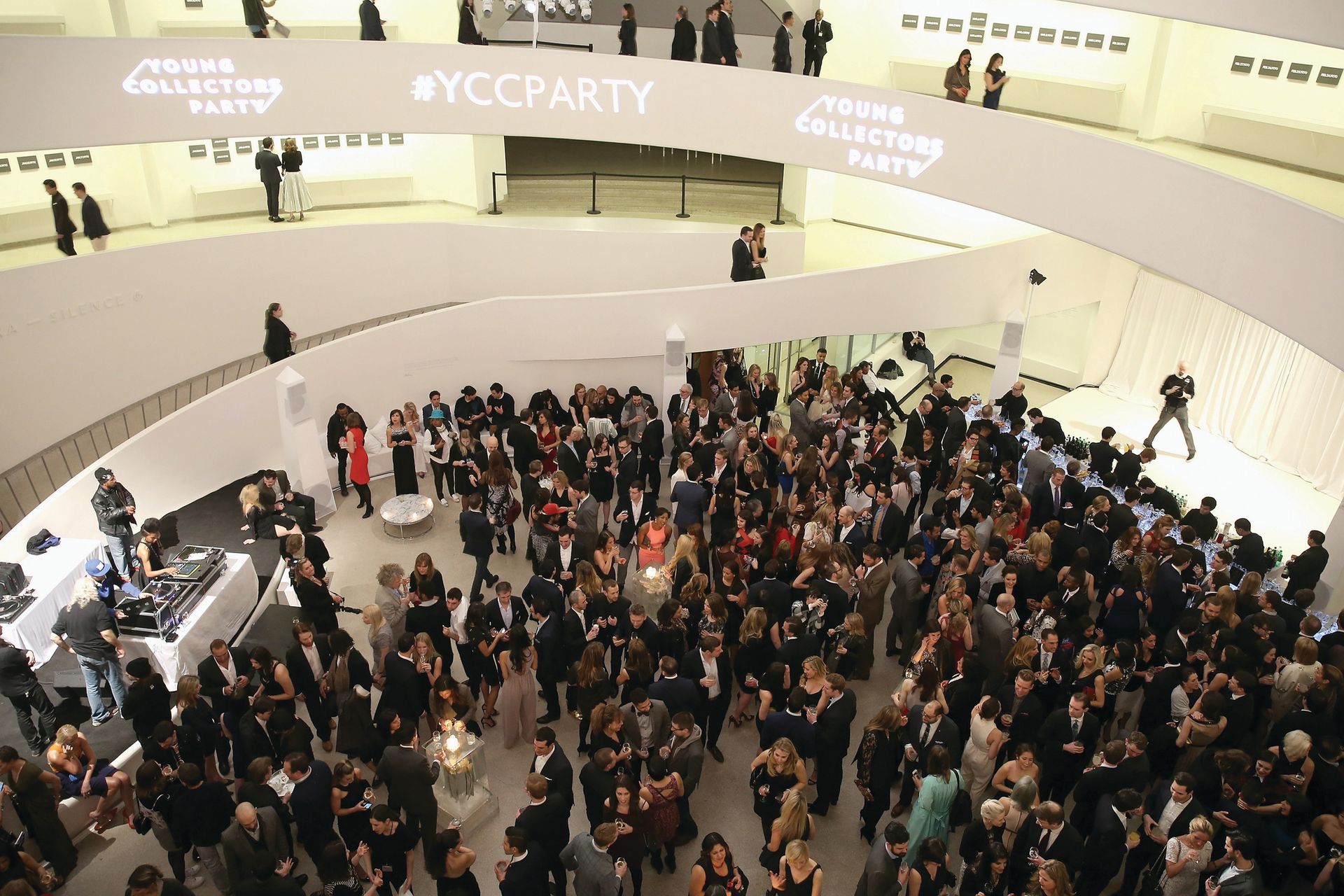
Every year, we publish our survey of the most visited exhibitions and museums worldwide. In April, Julia Halperin crunched the numbers from the past five surveys and discovered that nearly one-third of the major solo exhibitions held in US museums featured artists represented by just five galleries: Gagosian Gallery, Pace, Marian Goodman Gallery, David Zwirner and Hauser & Wirth. The figure raised questions about the growing influence of a small number of galleries in a rapidly consolidating art market—especially when they often offer logistical and financial support for exhibitions. At the same time, some wondered whether museums are doing enough to expose the public to art they would not otherwise see. Museums “should be looking at a much wider swathe of artists”, says Robert Storr, the dean of the Yale University School of Art. “Curators are abdicating and delegating their responsibilities… to more adventurous gallerists who, aside from the profit motive and in some respects because of it, seem in many cases to be bolder and more curious than their institutional counterparts.” READ MORE…
OBITUARY
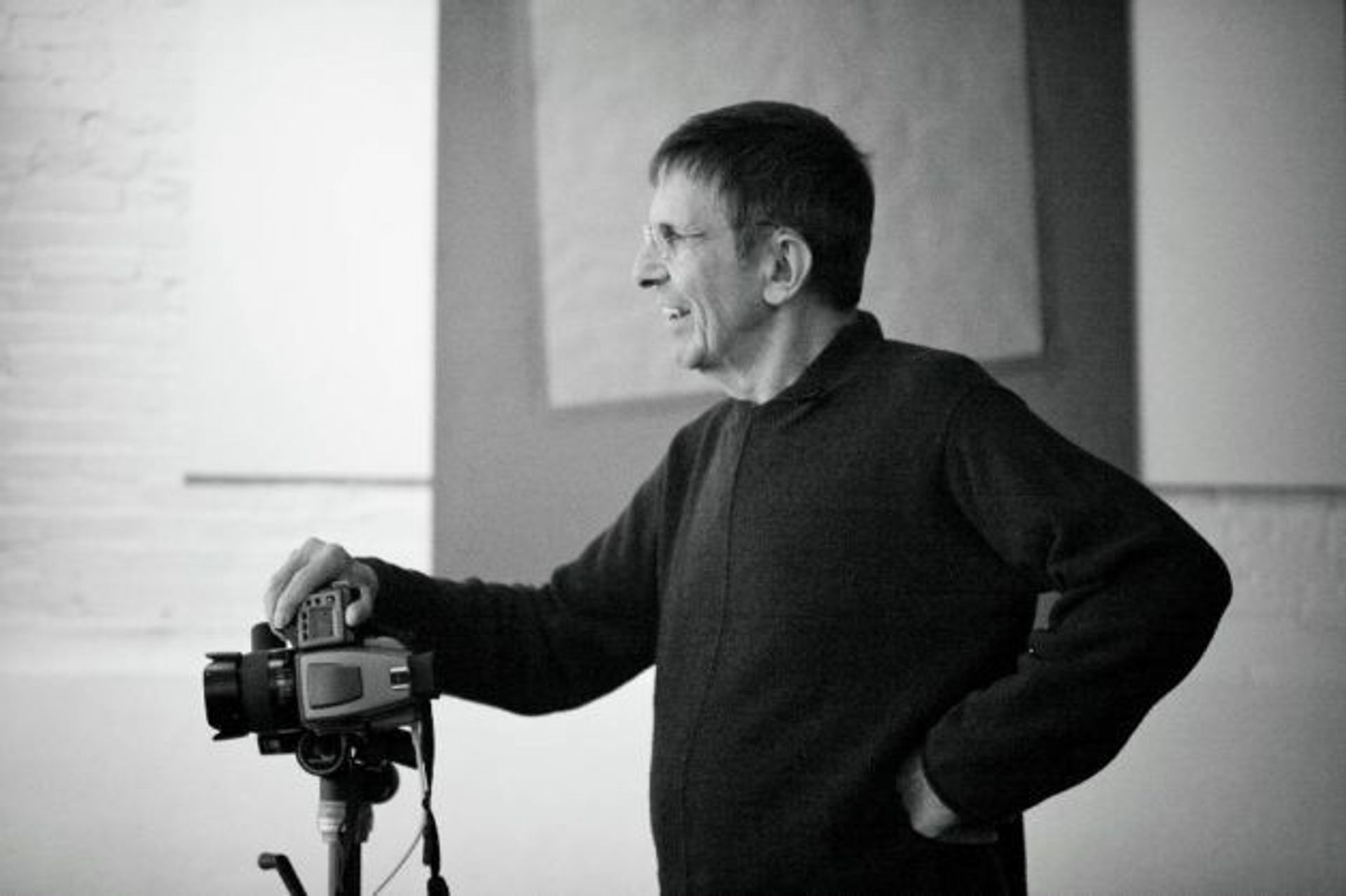
When the actor Leonard Nimoy died in February, aged 83, most sci-fi fans remembered him for playing the unflappable Mr Spock on the original Star Trek series. But we also recalled that he was a dedicated artist and poet, whose photographic series ranged from exploring people’s hidden “other” lives (“Secret Selves”) to an appreciation of the varying forms of the human body (“The Full Body Project”). Live long and prosper, Leonard. READ MORE…
REVIEWCliché and a lack of feeling: Richard Shiff explains why critics have failed painting
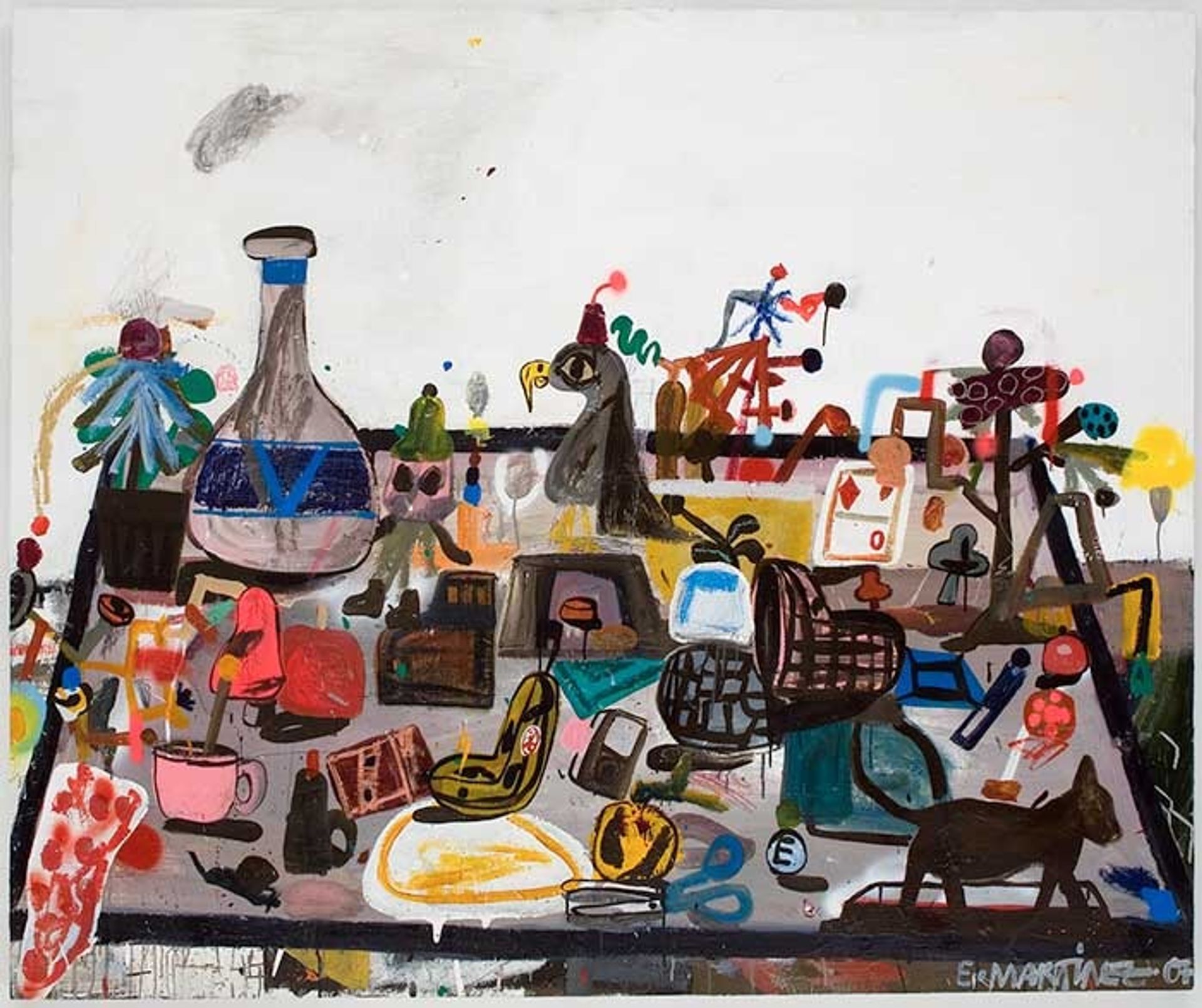
With the launch of our new website, we also started publishing exhibition reviews online for the first time. In this essay, adapted from the catalogue essay for the exhibition New York Painting at the Kunstmuseum Bonn, the art historian Richard Shiff argued that critics often fail to take into account the raw power of paintings. “Repetition and cliché infect art criticism,” Shiff wrote. “When critics argue that any emotional or intellectual position must always derive from an existing cultural construct, they beg the question, and dismiss the feeling of their own experiences.” READ MORE…
COMMENTArtistic success in America means wearing the right old school tie
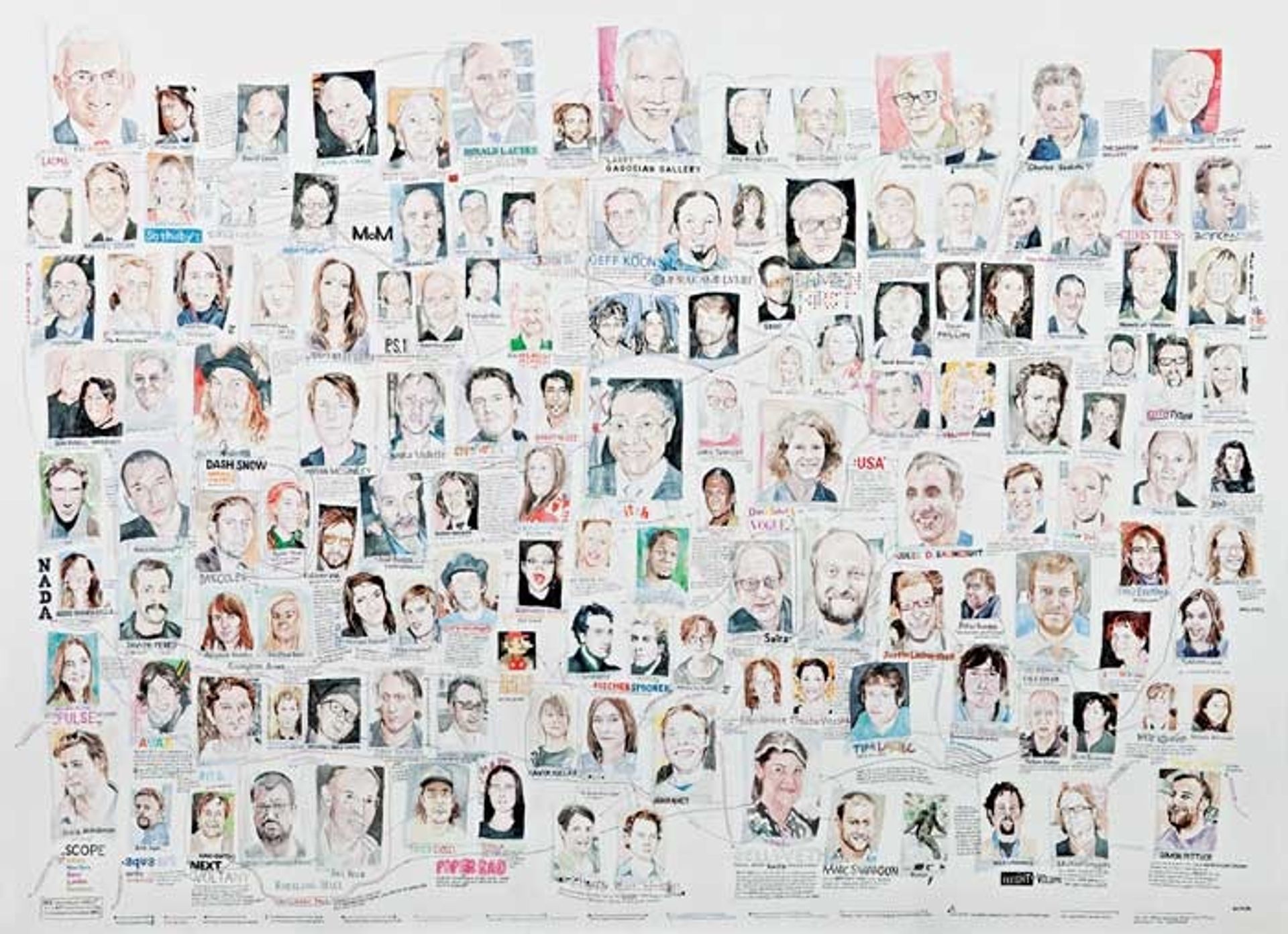
A good story is the gift that keeps on giving. In response to our report about blue-chip galleries backing one-third of solo shows in US museums, the artist William Powhida wrote a comment piece for our May edition. “After reading the article, I posted a single thought on Twitter: ‘Sometimes you just wait for the anecdotal observations to align with someone else’s statistical analysis,’” he said. “I made the observation because the report demonstrated trends that I have been observing in the art world for more than a decade. Although the right gallery representation is clearly a path to major museum shows, it is also a reciprocal one that may require the right art degree.” READ MORE…
MUSEUMSPrivate fortunes drive Beirut’s museum boom

While Lebanon’s failed political system (the country has been without a president for more than a year) has made life in the capital a challenge, Gareth Harris reported that a raft of museums, most backed by private money, are springing up in what is, for many, an unlikely cultural hub: Beirut. “A lot of Lebanese [citizens] are eager to have a museum for contemporary art,” says Tony Salamé, a Lebanese retail magnate, who founded the Aïshti fashion chain and opened a $100m museum designed by the British architect David Adjaye in October. “In addition, we have a huge Lebanese diaspora of more than ten million people. Every year, two million people visit Lebanon, and I am sure that a lot of people from the region will come, too.” READ MORE…
COMMENTThe great debate: why galleries could take even more money from their artists

A Twitterstorm erupted this summer over a survey of 8,000 art galleries based in the US, UK and Germany, our editor Jane Morris wrote in our July/August issue. Cultural researcher and Larry’s List co-founder Magnus Resch found (no surprise here for those in the know) that running an art gallery is tough, with more than half turning over less than $200,000 a year and 30% running in the red. His solutions, many of them classic business techniques, whipped up the debate. None more so than the suggestion that many artists should be paid only 30% of sales not the traditional 50/50 split of most galleries (superstar artists aside). We asked Resch and four art-world figures to comment. READ MORE…
NEWSArtists should be ‘feared by the powerful’, says former Greek finance minister
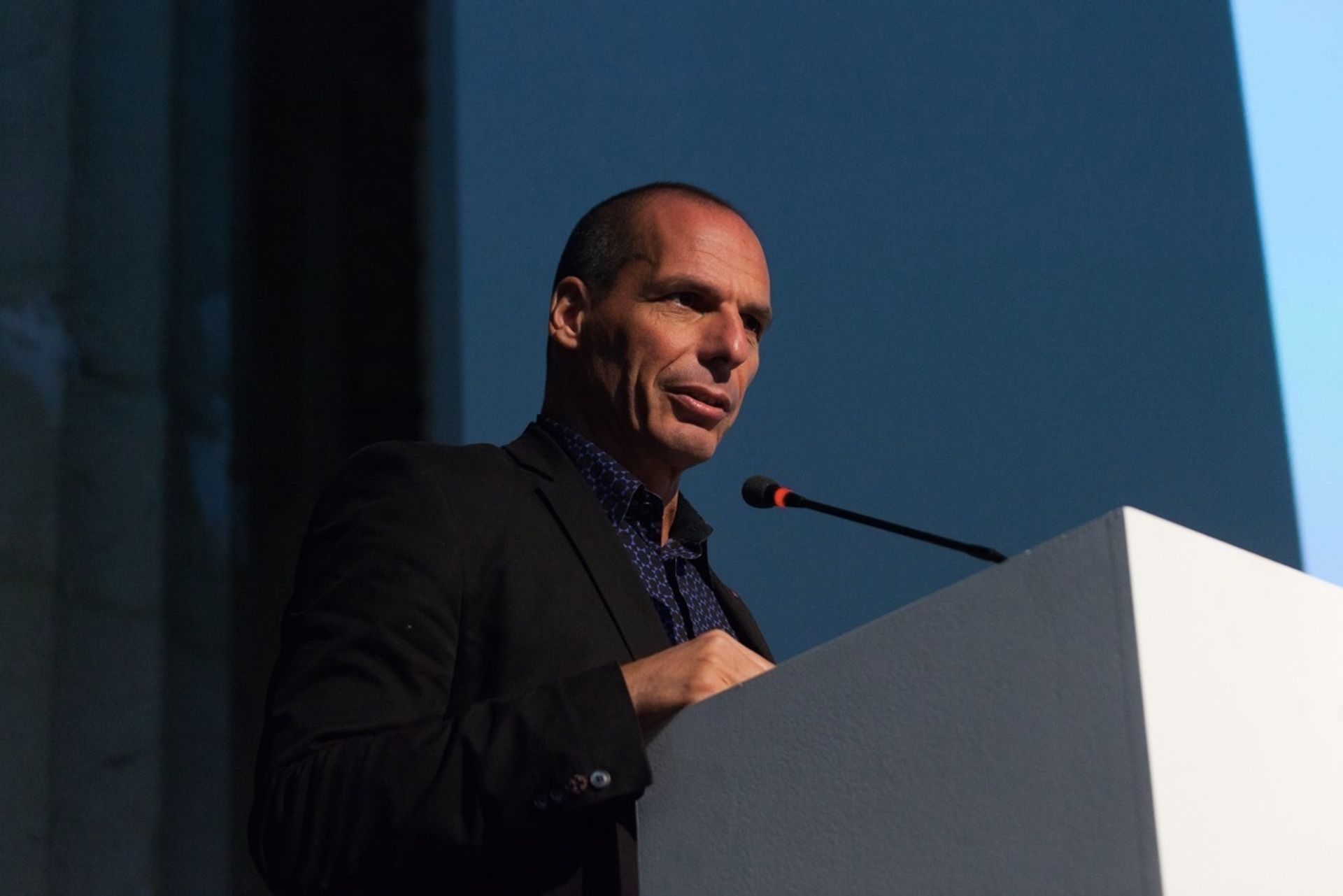
When it was announced that the former Greek finance minister, and political bad boy, Yanis Varoufakis would deliver the keynote speech at the sixth Moscow Biennale of Contemporary Art this October, we expected he’d have something interesting to say. Our Russian correspondent Sophia Kishkovsky shared some of his choicest exhortations: “Art must not be anodyne, culture cannot be decorative,” he said, and artists “should be feared by the powerful in our society; if you are not, you are not doing your job properly”. In a wry aside, Varoufakis even knocked “forums in which the stars are the postmodernist curators inviting economists to give a lecture to artists”. READ MORE…
COMMENTWhat is art for? We ask, leading cultural figures answer
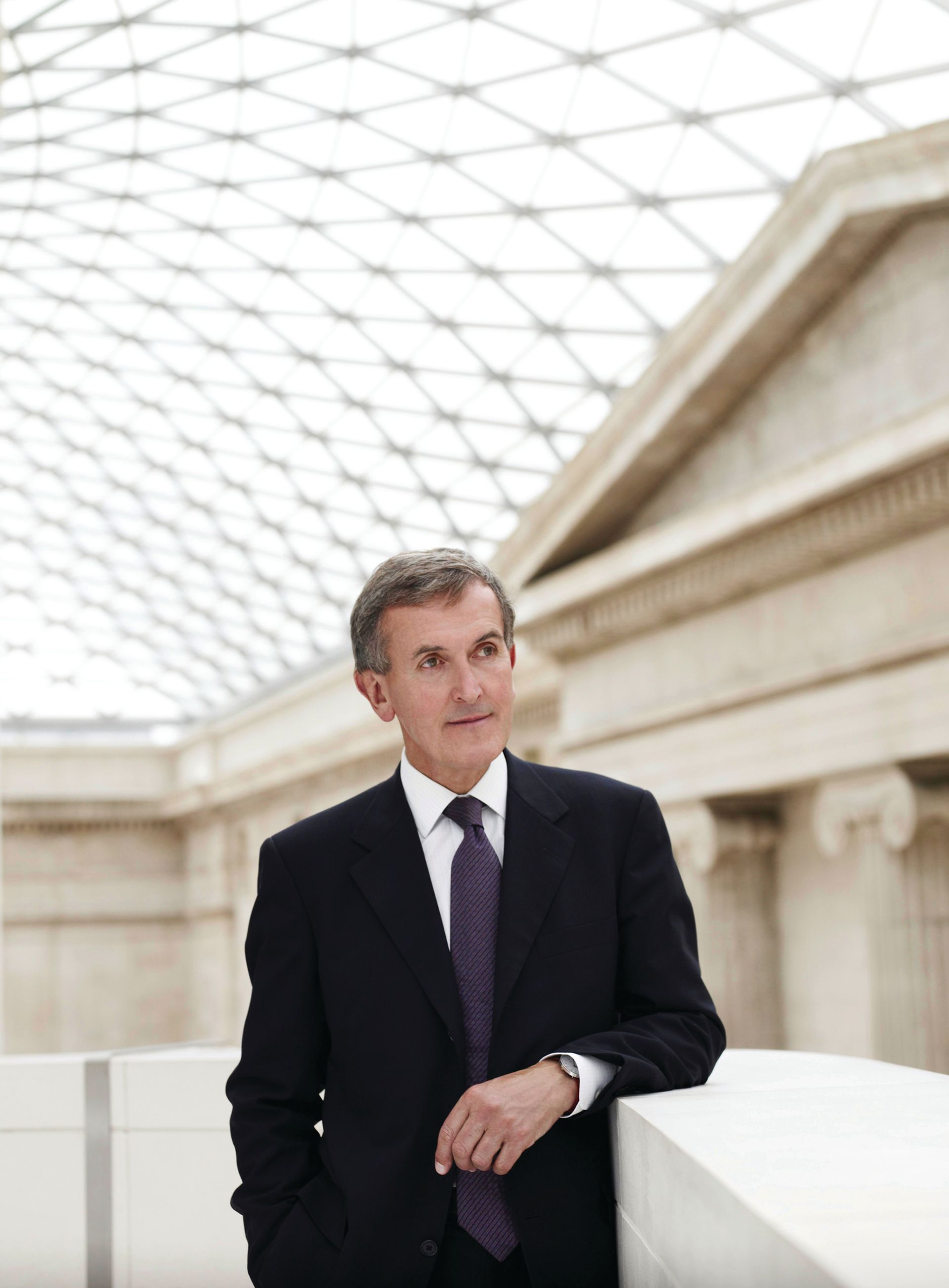
This year marked our 25th anniversary, and to celebrate, we held a debate at the British Museum to answer a crucial question: What is art for? Ahead of the inquisition, we asked leading cultural experts—including the British Museum’s outgoing director Neil MacGregor, the Chinese artist Xu Bing and the Nobel Prize winning Italian playwright and political activist Dario Fo—this same query. “One—tragic—answer to the questions about the role art can play in such turbulent times would be to point out what it has already done, if at terrible cost,” MacGregor said. “The Bamiyan Buddhas, admired while they stood as historic monuments to a particular faith in a particular region, became, in their death, an emblem of a shared inheritance, properly belonging to the entire world.” READ MORE…
REVIEWHal Foster in praise of dead art
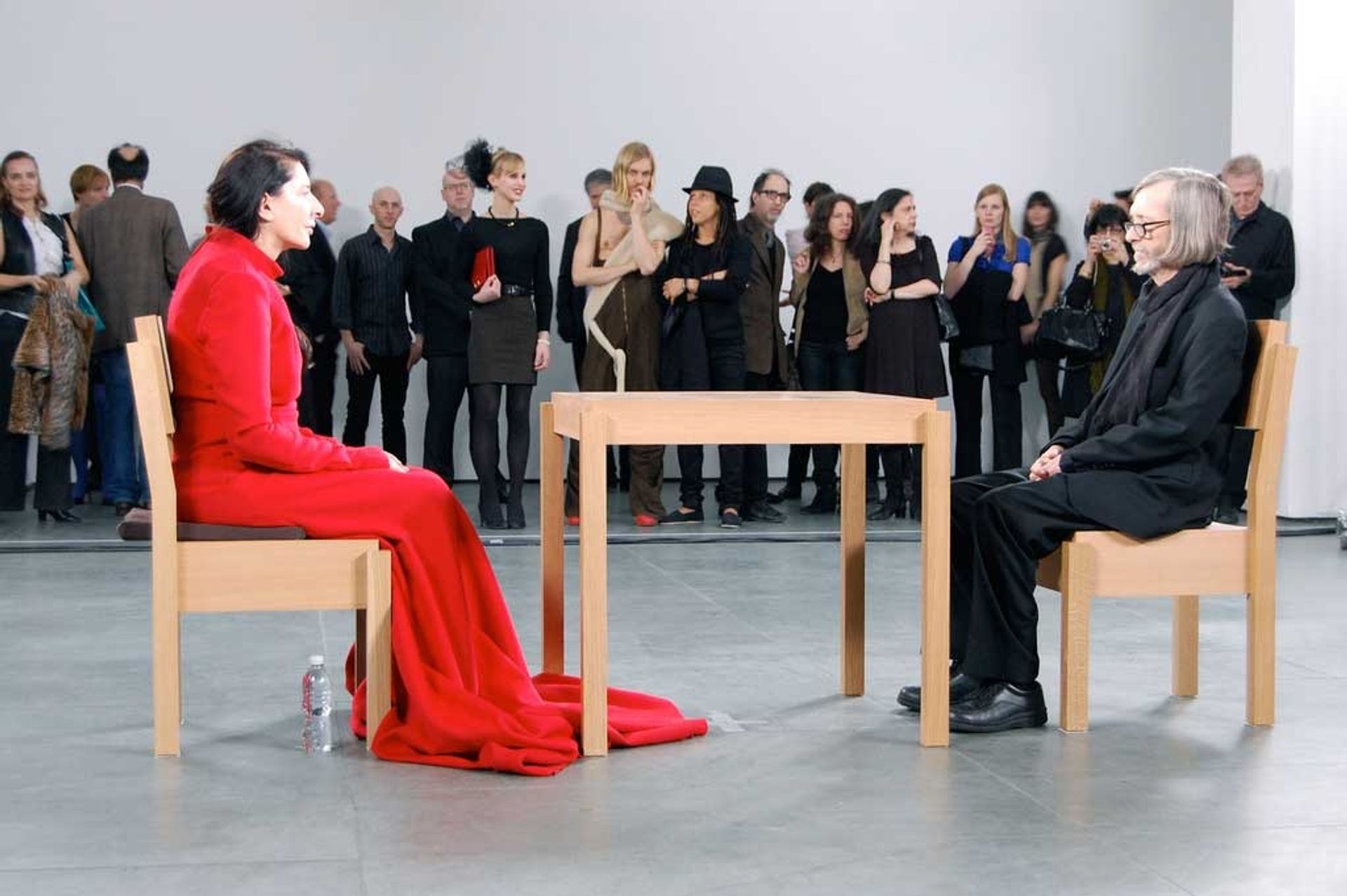
In an excerpt we published from the art historian Hal Foster’s book, Bad New Days: Art, Criticism, Emergency, he wrote: “Over the last decade art museums have restaged many performances and dances, mostly from the 1960s and 1970s. Not quite live, not quite dead, these re-enactments have introduced a zombie time into these institutions. Sometimes this hybrid temporality, neither present nor past, takes on a gray tonality, not unlike that of the old photographs on which the re-enactments are often based, and like these photos the events seem both real and unreal, documentary and fictive. Sometimes, too, the spaces that are proposed to present this undead art are imagined as gray: along with the white cube for painting and sculpture and the black box for projected-image art, ‘gray boxes’ are envisioned to maintain such work in this state of suspended animation.” READ MORE…

